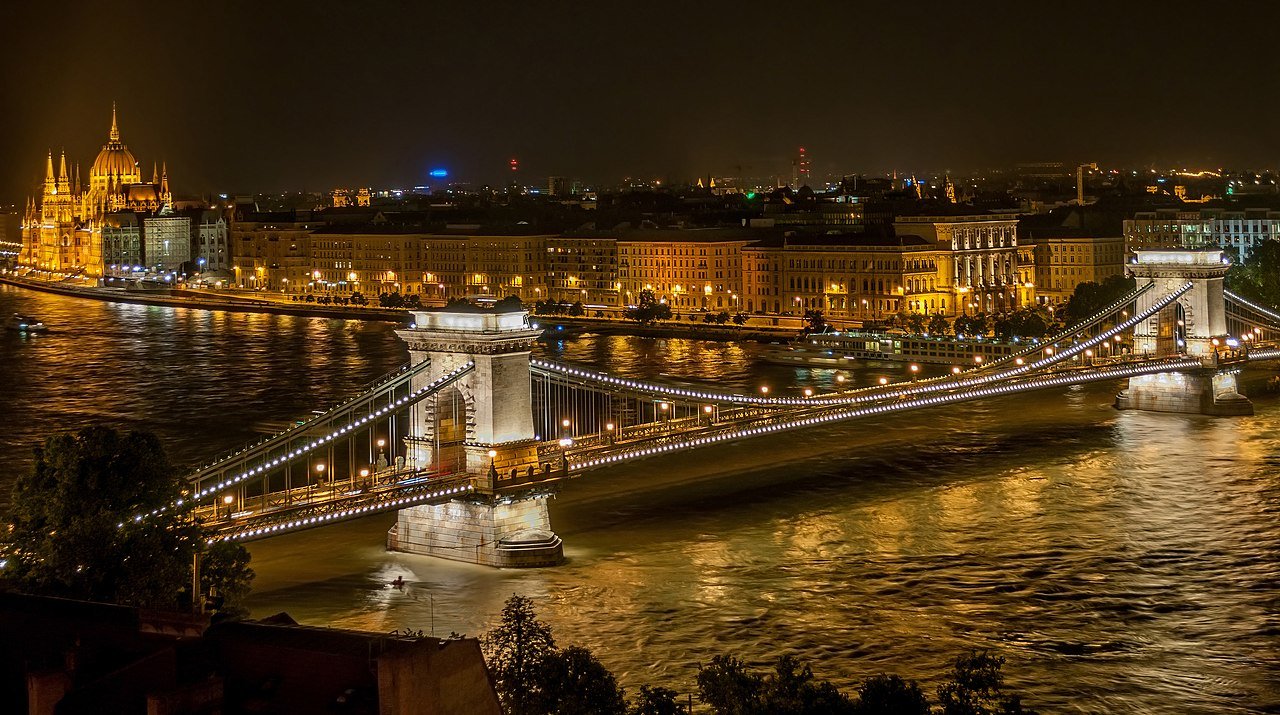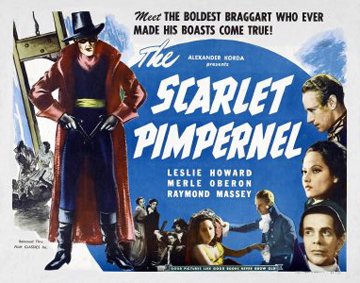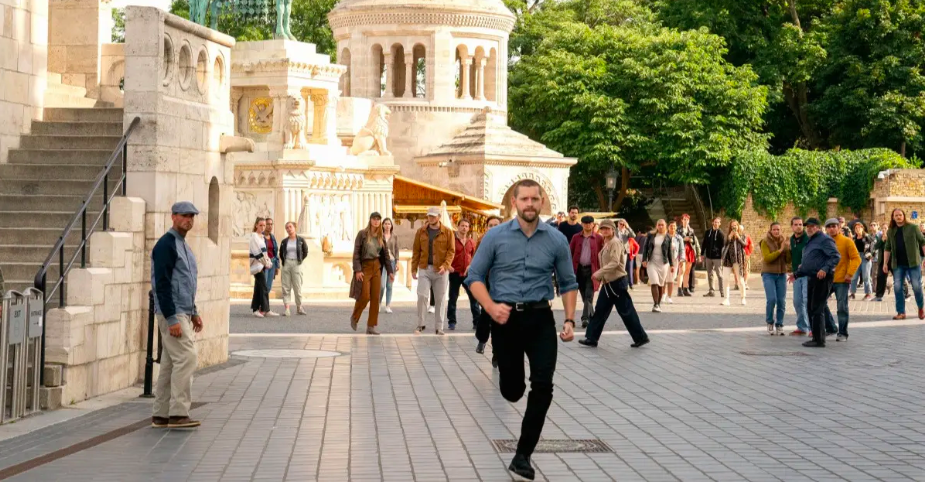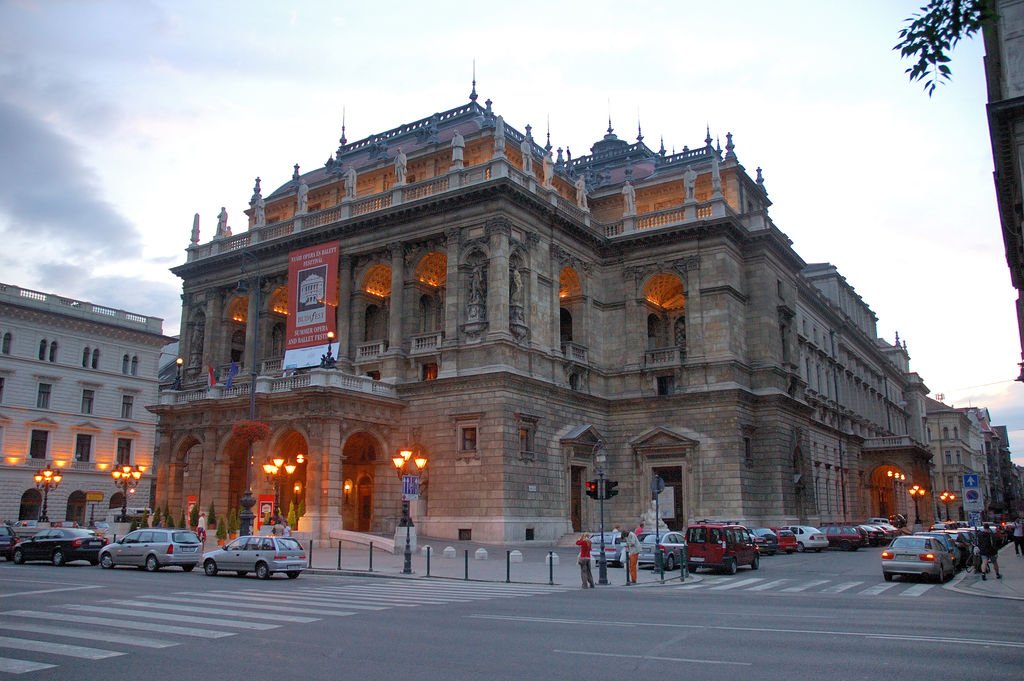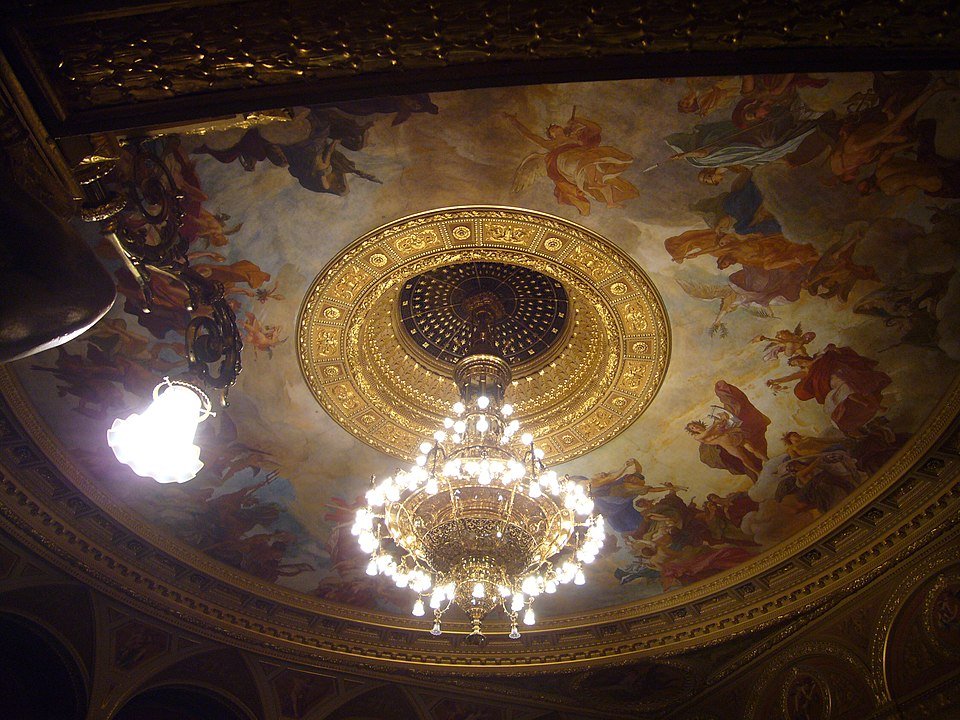Filmed in Hungary: Shadow and Bone
zita kisgergely
If you are watching one of Netflix’s most popular series, Shadow and Bone, you may notice that both seasons were filmed at least in part in and around Hungary. ‘May’ is the operative word here, as a good deal of the filming was accomplished at the sounds stages of the renown Origo Film Studios, where the imaginary world of the series’ Grishaverse was recreated.
The Netfilx incarnation of Shadow and Bones, derived from the bestselling book series of the same title by Leigh Bardugo, was first aired in 2022, featuring eight episodes before being renewed for a second season. The creators had the good sense to return the Hungary to film, and like with season one, exploit some of the fantastic locations Hungary has to offer. These aren’t run-of-the-mill locations that you see in so many films; they made and effort to discover some out-of-the-way locations to give the story a fresh look.
For instance, while much filming was done in Budapest, from the Old Town to the Royal Palace, the production also ventured to the Balaton-side town of Keszthély, where Festetics Palace stood in for the novel’s Little Palace. The artists’ colony/town north of Budapest called Szentendre was the story’s Ryevost. Moreover, Shadow and Bone may be the only major foreign production to have gone all the way to the eastern city of Békéscsaba, where they filmed in the Széchényi–Wenckheim mansion. You have to admire the ingenuity and location scouting to sniff out that.
Festetics Palace by Mykee 78 via Wikipedia
Szentendre, Photo by Thalar Tamas, via Wikipedia Commons
No word yet on Season Three, but for sure there are any number of locations that have yet to be discovered if one is to leave Budapest. Below find the official trailer for the series,
Flatpack Films has many years of experience dedicated to offering expert servicing. It has brought the best of Hungary to countless brands, agencies, and production companies through its unique locations, exceptionally skilled crews, top of the line equipment and technical solutions. Backed by an impeccable track record, Flatpack Films has worked with world-class clients including Samsung, Samsonite, Toyota, Braun, Chivas Regal and many more - bringing their projects to life through a highly bespoke approach.







